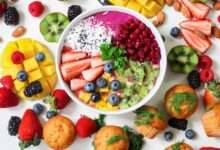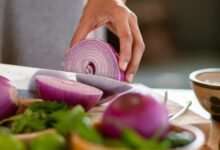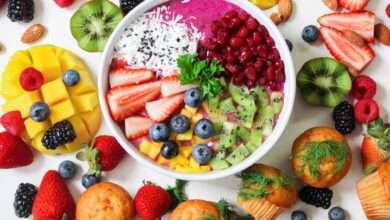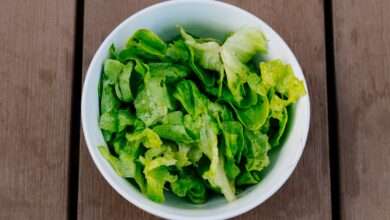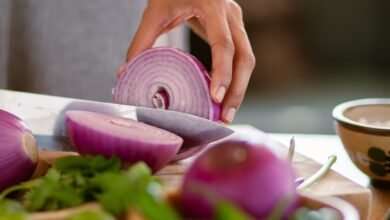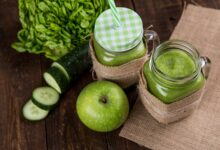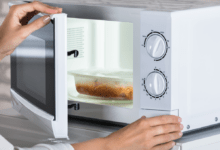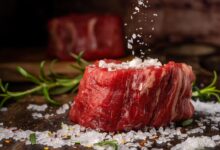Hidden calories: avoid them!

The drinks
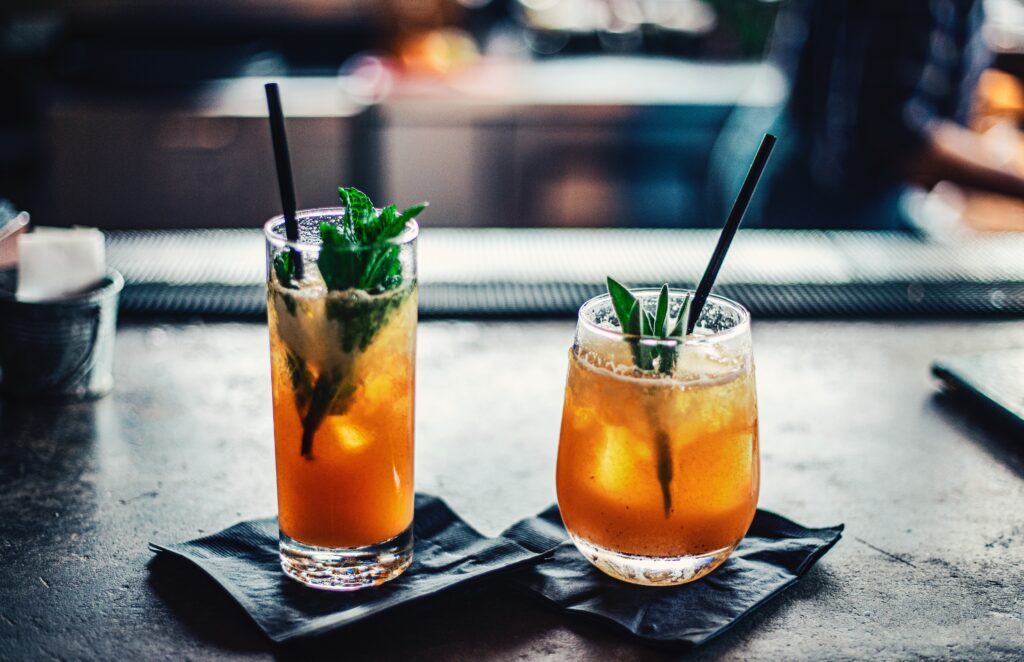
The drinks do not seem particularly caloric. However, many drinks consumed regularly hide kilocalories and a large amount of sugar.
Smoothies, often prepared from high-calorie fruits such as bananas or mangos, also contain added sugars (enough to reach 450 kcal on average for a large glass!). Smoothies are nevertheless full of vitamins necessary for the proper functioning of the body, especially when the fruits are mixed with the skin.
Beware of industrial fruit juices such as Pago® or Joker® which often contain a lot of carbohydrates and are very caloric. A multivitamin juice contains on average 40 kcal per 100 ml and 9.5 g of carbohydrates. A good alternative: prepare your own fruit juices which will be less sweet and generally richer in vitamins and nutrients.
Starbucks®1 beverages are delicious but often as high in calories as a hamburger. For example, a tall caramel macchiato (355 ml) with semi-skimmed milk contains 178 kcal and 25 g of carbohydrates; a tall Chai Tea Latte (355 ml) with semi-skimmed milk contains 179 kcal, 33 g carbohydrates, 3 g fat including 1.9 g saturated fatty acids; a white mocha with whipped cream in tall with semi-skimmed milk contains 369 kcal, 48 g of lipids, 15 g of lipids including 10 g of saturated fatty acids.
Flavored mineral waters like the one offered by Volvic® with strawberry flavor have amazing nutritional values. It is not only slightly flavored water since a 1.5 L bottle contains 349.5 kcal and 82.5 g of carbohydrates or 8 sugars.
“Light” products
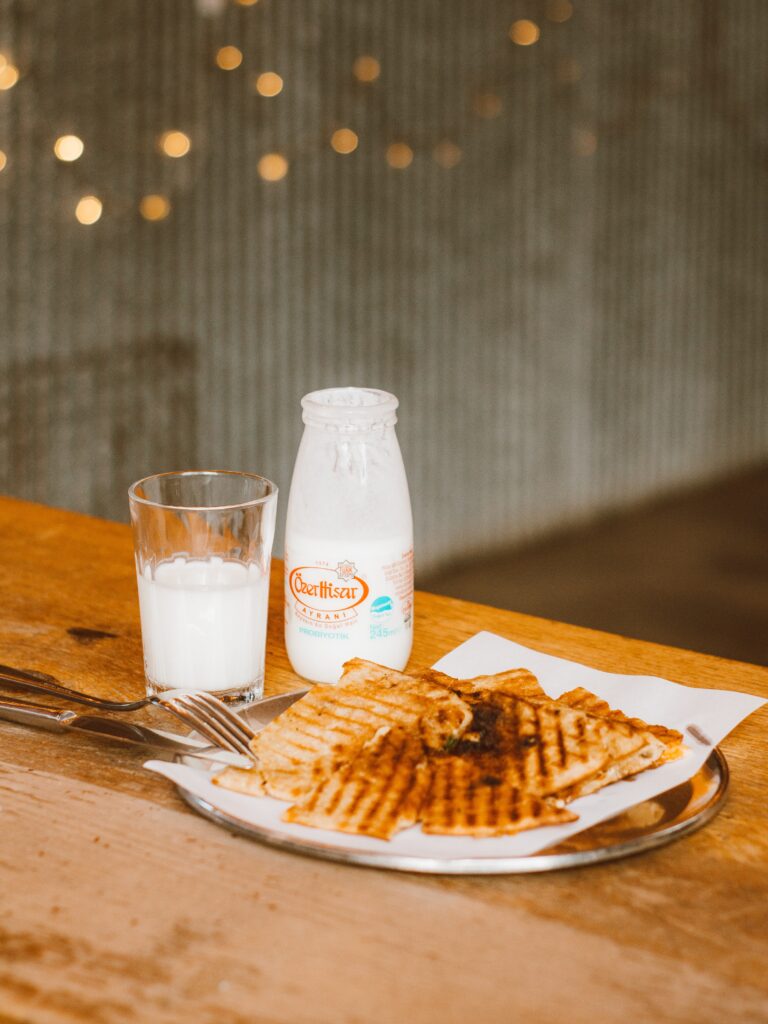
Reminders on the “mentions”:
The mention “light” or “reduced” does not mean “sugar-free” but means that the food contains 25% less sugar than the basic non-light product.
“Sugar-free” means that the food does not contain more than 0.5 g/100g of sugars. 0% dairy products contain as many kilocalories as basic yoghurt. The difference is in the fat content in it.
“Light” products can be reduced in sugar, reduced in fat or less caloric, however the mention “light” cannot be a reliable indicator, it is important to find out what is light in this product by reading the label including nutritional values.
Slimming cereals are false friends when it comes to kilocalories. Indeed, 100 g of Special K® cereals contain 374 kcals while 100 g of Frosties® cereals contain 371 kcals. The same applies to 100 g of Fitness® chocolate cereals which contain 386 kcal compared to 382 kcal for 100 g of cereals in the shape of chocolate petals such as Chocapic®.
“Slimming” biscuits with red fruits contain an average of 435 kcal per 100g, while biscuits filled with red fruits such as Pailles d’Or de Lu® contain 360 kcal per 100g.
Snacks
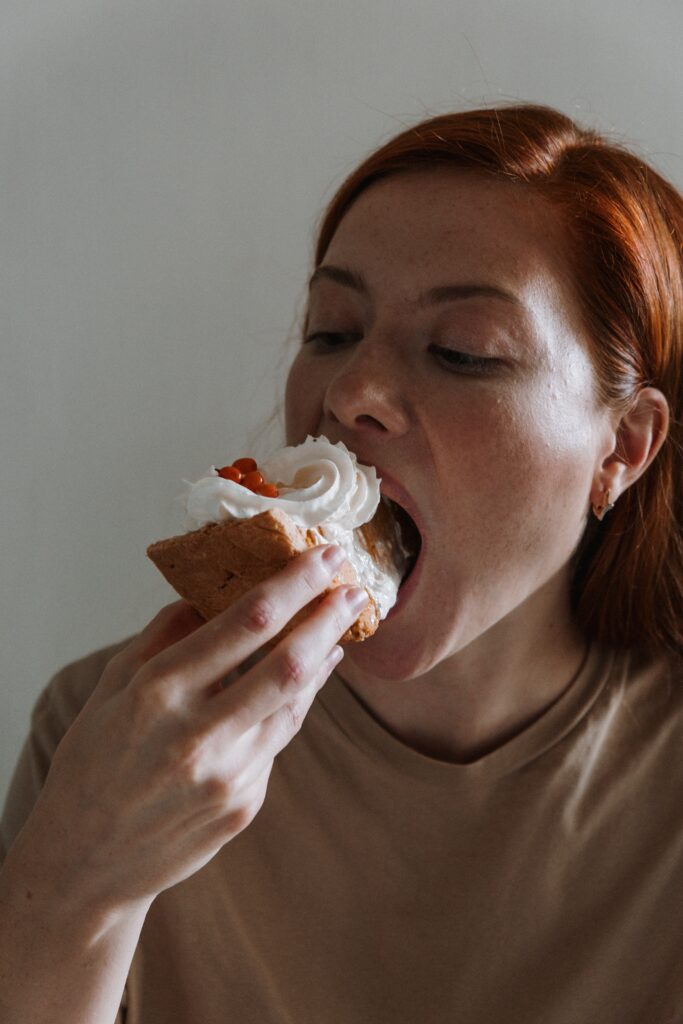
Eating between meals is not good for your health. When a feeling of hunger arrives between meals, we often throw ourselves on foods rich in sugars, fat, too salty and high in calories. Here are some snack nutritional values.
- 100 g of spoon biscuits contain 399 kcal and 77 g of glucose.
- A jar of popcorn like those sold in cinemas contains on average 1030 kcal.
- Cereal bars, although rich in vitamins and nutrients essential to the proper functioning of the body, are very high in calories. A bar contains between 250 and 300 kcal, or as much as 2 waffles sprinkled with icing sugar.
- A mixture of dried fruits contains on average 690 kcal for a small cup.
- bridge
- Allergies (overview)
- Achluophobia : all about the fear of the dark
- At what age can you do bodybuilding?
- Fatigue in the morning: causes and remedies

